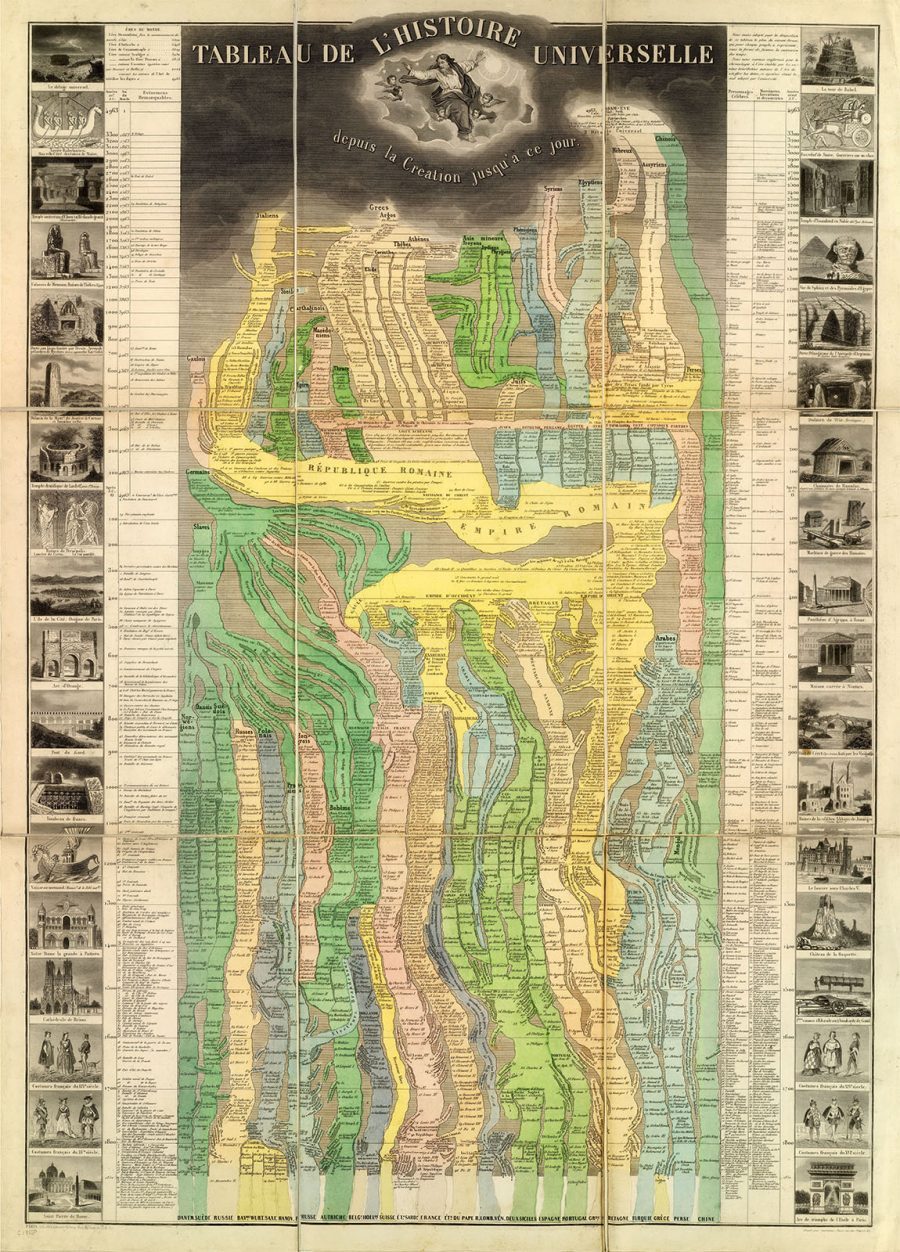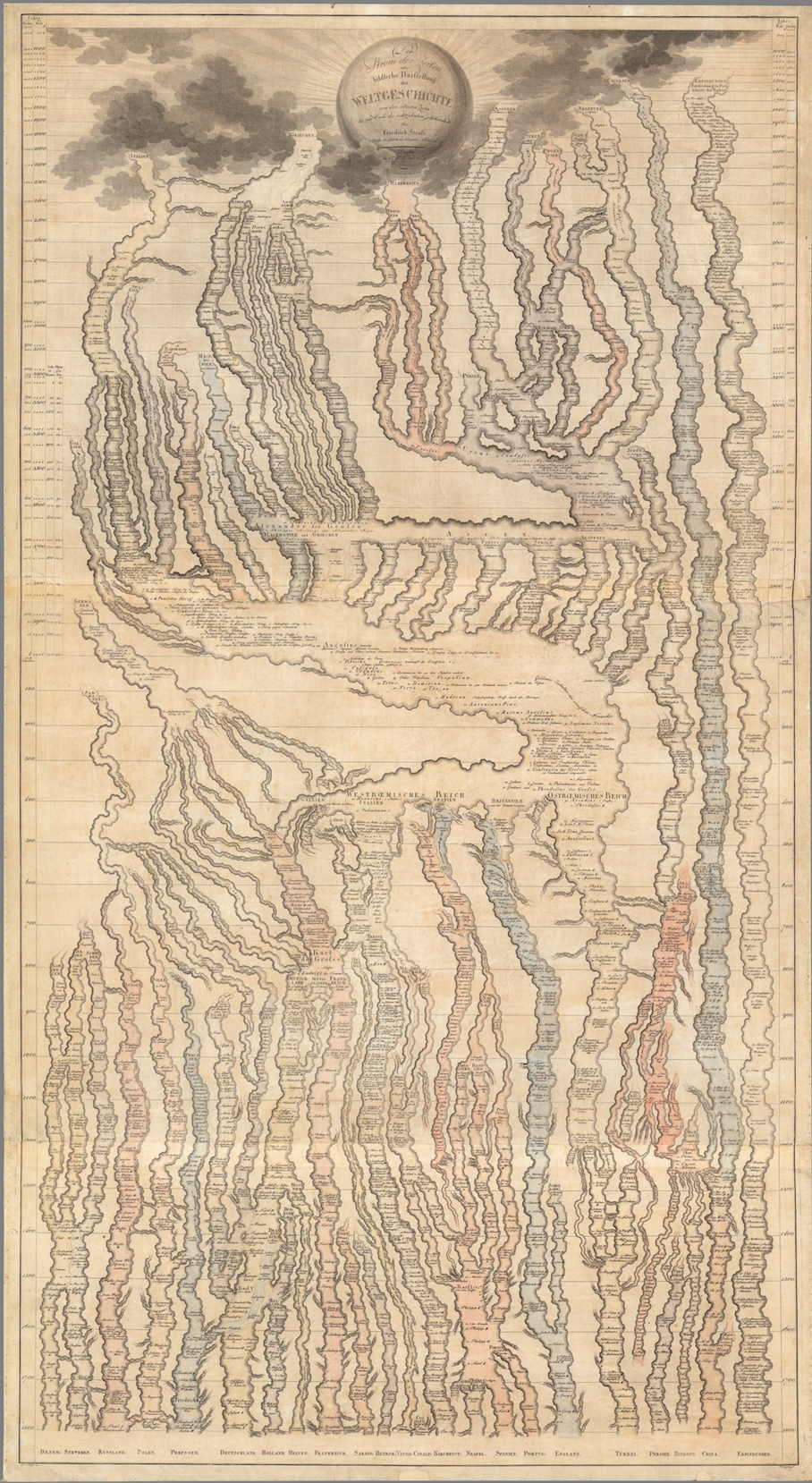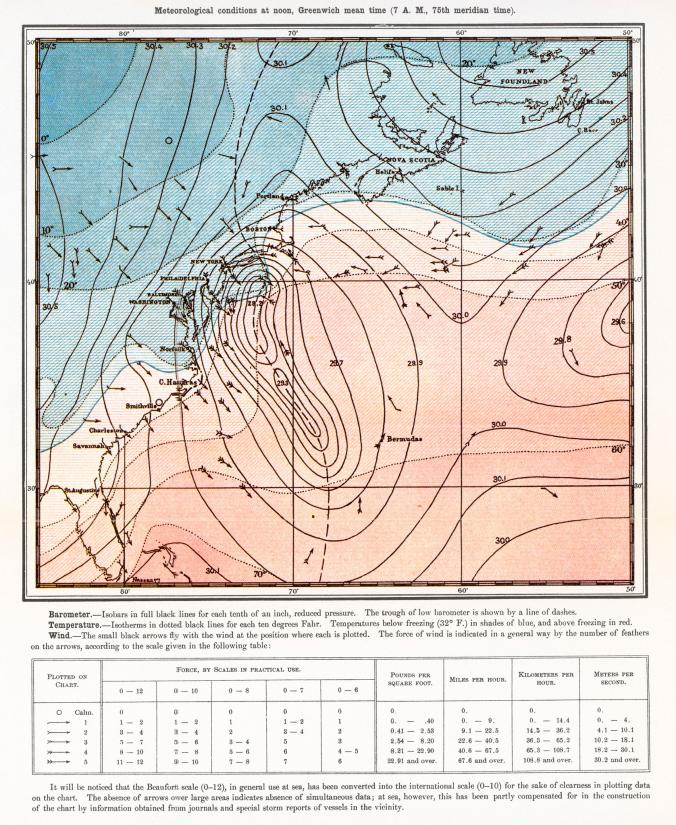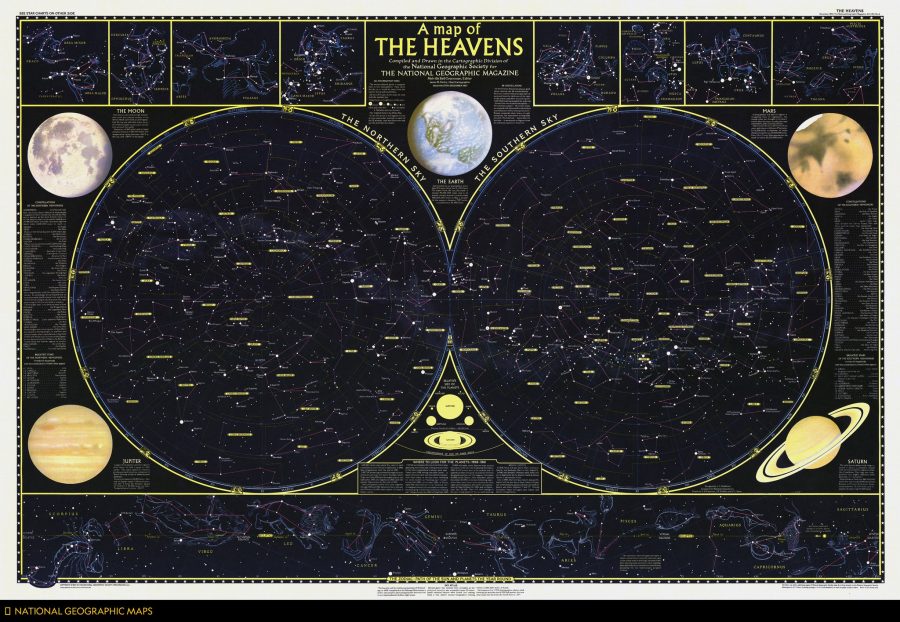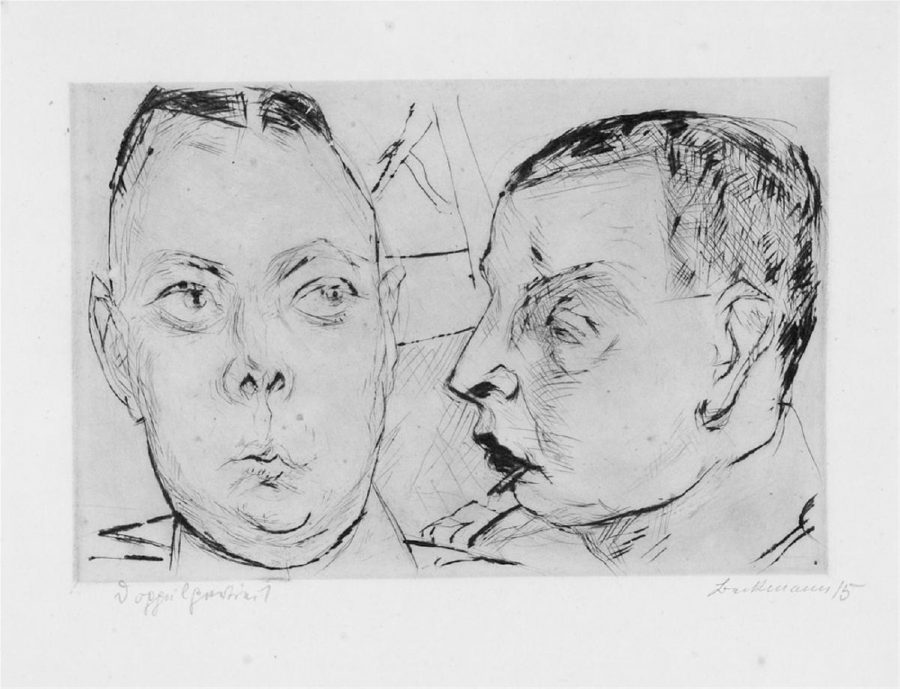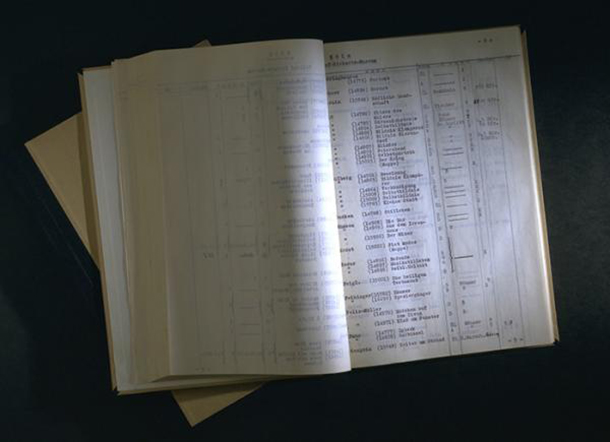As keen observers of American culture and history like W.E.B. Du Bois and Ralph Ellison have written, there is no American music without African-American music. The history of the recording industry bears witness to the fact, with jazz, blues, and ragtime dominating the early releases that drove the industry forward. Before these popular forms and the age of “race records,” however, came the spirituals, gospel songs dating back to slavery, whose fame spread across the world in the latter half of the 19th century with groups like the Fisk Jubilee Singers. As Du Bois wrote in 1903, “their songs conquered till they sang across the land and across the sea, before Queen and Kaiser, in Scotland and Ireland, Holland and Switzerland… they tell of death and suffering and unvoiced longing toward a truer world, of misty wanderings and hidden ways.”
Given the worldwide fascination with the spiritual and the singing groups who spread them across the world, it’s no wonder this was sought-after material for a nascent industry eager for music that appealed to the masses. And no spiritual has had more mass appeal than “Swing Low, Sweet Chariot.”
The first recording of the song was long thought to have been performed in 1909 by a foursome, the Fisk University Jubilee Quartet, “carrying on the legacy,” notes Public Domain Review, “of the original Fisk Jubilee Singers of the 1870s.” You can hear that recording below, made by Victor Studios.
Even before the turn of the century, writes Toni Anderson at the Library of Congress, “the musical landscape was peppered with over ten companies fashioned after the original Jubilee Singers, and by the 1890s, many black groups had launched successful foreign tours.” (Du Bois laments the poor quality of many of these imitators.) The 1909 recording, writes Public Domain Review, “popularized the song hugely,” or, we might say, even more hugely, helping to make it a staple in decades to come for artists like Paul Robeson, Louis Armstrong, Etta James, Johnny Cash, and Eric Clapton (in a 1975 reggae take). However, it turns out that an even earlier recording exists, made by one of those successful traveling groups, the Standard Quartette, in 1894.
Recorded on a wax cylinder by Columbia Records in Washington, DC while the group made a stop on a spring tour, this “’holy grail’ of early recording history,” writes Archeophone Records, “pushes back by fifteen years the first known recording of the classic spiritual,” but it might have been lost forever had not a careful collector preserved it and Archeophone’s Richard Martin not identified its badly-decayed sounds as “Swing Low, Sweet Chariot.” The recording has been included on a 102-track compilation, Waxing the Gospel: Mass Evangelism and the Phonograph, 1890–1900.
First discovered on a “large group of damaged early cylinders—moldy, noisy, and thought to have no retrievable content,” the song has been unearthed from beneath “an ocean of noise.” What Archeophone’s Meagan Hennessey found is that the version “is very different from what people expect. The chorus is familiar, but the verses are different. The Standard Quartette sing lyrics we associate with other jubilee songs.” Also, as Martin points out, the song’s arrangement is unusual: “there are complex things going on here with harmony and rhythm, but you’ve got to listen closely through the noise.” (Learn more about the discovery and restoration in the short video above.)
The song itself may have been written in the mid-1800s by an enslaved man named Wallace Willis, who was taken from Mississippi to Oklahoma by his half-Choctaw owner during forced relocation in the 1830s, then “rented out” to a school for Native boys. The headmaster heard him sing it, and passed it on to the Jubilee singers. In another, more dramatic, account of the song’s composition, it “’burst forth’ from the anguished soul of Sarah Hannah Sheppard, the mother of Ella Sheppard of Fisk Jubilee Singer fame,” when Sarah learned she would be sold and separated forever from her daughter.
In his live performance of the song, above, Johnny Cash gives a picturesque origin story of an anonymous slave, “sitting on his cotton sack one day,” and singing about a vision of a chariot. But whatever the song’s true origins, “Swing Low, Sweet Chariot,” perhaps more than any other popular spiritual of the 19th century, has come to represent the music, Du Bois wrote, through which “the slave spoke to the world.”
via Public Domain Review
Related Content:
Hear Walt Whitman (Maybe) Reading the First Four Lines of His Poem, “America” (1890)
Hear Voices from the 19th Century: Tennyson, Gladstone & Tchaikovsky
Hear the First Jazz Record, Which Launched the Jazz Age: “Livery Stable Blues” (1917)
Josh Jones is a writer and musician based in Durham, NC. Follow him at @jdmagness

